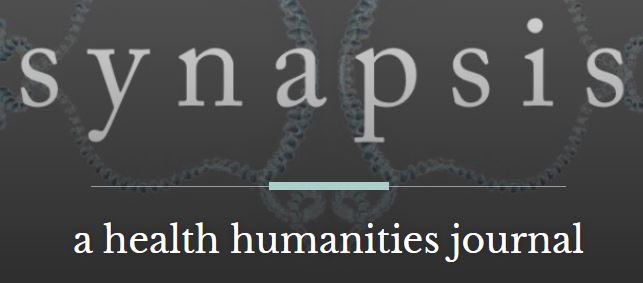Instructor: Nolan T. Gear
Virginia Woolf famously opined that “on or about December 1910, human character changed.” In this class, we will drag the clock back to 1895 (or thereabouts), when the first moving images were successfully projected: an event singularly plural, as it occurred near-contemporaneously in Germany, France, England, and New Jersey. What we (tenuously) call Modernism has been revised many times over, with ever more elastic parameters proposed for period, place, and idiom. But only recently have scholars such as Laura Marcus and David Trotter begun to think of the cinema as essentially constitutive of, rather than merely adjacent to, the new grammars, styles, and ambitions of literary modernism. In short: those we call Modernists were also the first generation of moviegoers, yet little has been done with this extraordinary historical fact. In addition to analyses of critical films (at least one per week), we will take “the cinematic” as an invitation, puzzle, problem, and principle for writers of the early twentieth century. Some, like Richardson and H.D., exuberantly lauded and incorporated film. Some, like Woolf, had greater caution, ambivalence, sometimes disdain. Taking the cinematic as both dispositif and inclination, both system and idea, we will be examining the implicit and explicit engagements writers staged with the vocabulary, syntax, and atmosphere of cinema – while familiarizing ourselves with filmmakers such as Eisenstein, Chaplin, Méliès, and Micheaux. We will be asking questions big and small, concrete and abstract. How do close-ups and soft focus, montage and tracking, the ticket-vendor and the nickelodeon surface or remain submerged in literature of the era? What brought people to the movies, and what kept them in their seats? Who wrote about the cinema first, and why? What ethical imperatives did warfare, routinization, and other aspects of modernity pose for filmmakers? How did race and racism impact the production and reception of cinema? How did femininity and feminism, queers and queerness, immigrants and immigration alter audiences and expectations? How did novelists and poets make use of the movies while investigating interiority, authenticity, desire, and perception?


